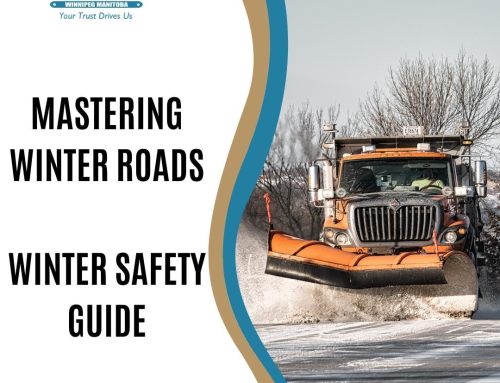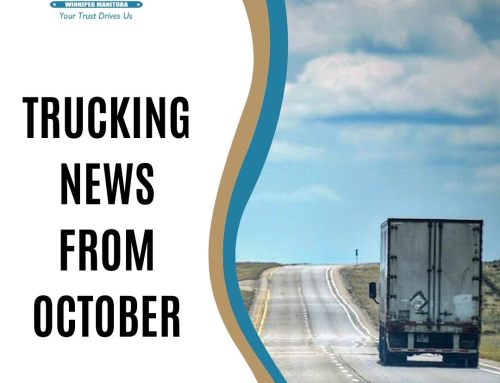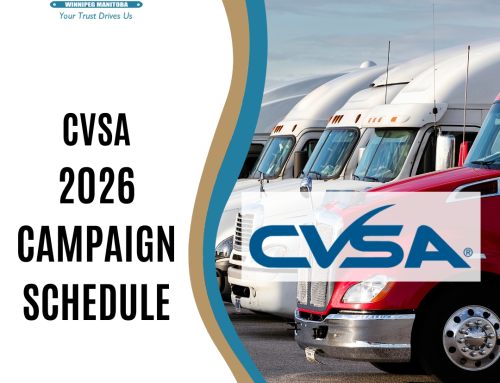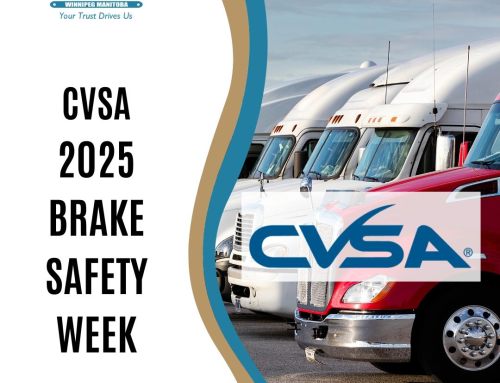It takes proper planning and understanding of where your profit is in order to make money in the trucking industry. Len Dubois Trucking is a great partner and we have opportunities for hard working owner operators and drivers.
 To make money as an owner operator you need to get the most out of your fuel. It’s your largest operating cost and the price fluctuates which make it hard to predict precise future costs. A good rule to live by is to get every mile you can out of the fuel you purchase. There’s gold in them there tanks.
To make money as an owner operator you need to get the most out of your fuel. It’s your largest operating cost and the price fluctuates which make it hard to predict precise future costs. A good rule to live by is to get every mile you can out of the fuel you purchase. There’s gold in them there tanks.
The way you drive will have a considerable impact on your fuel efficiency. Since you can control the way you drive it makes sense to start here to increase your margins.
The debate (although it’s not really a debate) is whether it’s better to go faster, and use more fuel, or go slower and be more efficient. The short answer in business is efficiency always wins. There’s no difference here.
The theory for putting the pedal to the metal can be summed up like this: if you go faster you’ll do more miles and make more money.
This argument works if shipper/receivers are open 24/7. Unfortunately they have business hours and often don’t ship/receive on weekends. That slower driver will catch up to you anyway but you used more fuel. Traffic around metro areas are a great equalizer too. You can burn more fuel to get to Atlanta slightly faster but we’ll sit in traffic together.
How much faster can you go? Besides the reality that you’re not really making it too much farther down the road by going faster, the math favors slower speed too.
It’s accepted that for every 1mph you travel over 60 mph, fuel efficiency is reduced by 1/10 of a mile per gallon.
| Miles Traveled | MPH | MPG | Gallons Used | Fuel Price | Cost Per Mile | Total Cost | |
| Driver 1 | 70 | 70 | 5.5 | 12.7 | $4.50 | $0.82 | $57.15 |
| Driver 2 | 60 | 60 | 6.5 | 9.2 | $4.50 | $0.69 | $41.40 |
| Difference | 10 | 10 | 1 | 3.5 | – | $0.13 | $15.75 |
In the chart above Driver 1 goes 10 miles farther than Driver 2, in the same amount of time, but spends $15.75 more to do it. That’s just an hour of driving. Driver 1 also spends 13 cents more per mile traveling 10mph faster. 13 cents per mile is a huge chunk of his margin.
If you consider 135,000 miles per year with a $0.13 per mile difference in fuel cost, that’s a $17,550 difference in annual operating costs. Driver 1 would need to do more work that would generate $17,550 in profit just to match Driver’s 2 bottom line.
It’s difficult to justify blowing hard work out of the stack. The risk an owner operator has in operating a small business is enormous. Owner operators need to do everything they can to protect their margins. And that’s really the name of the game in every business – increase you profit margin. It makes no sense to go against that basic principal by literally burning your margins away.
It’s amazing the difference that smart operating practices has on your bottom line.




